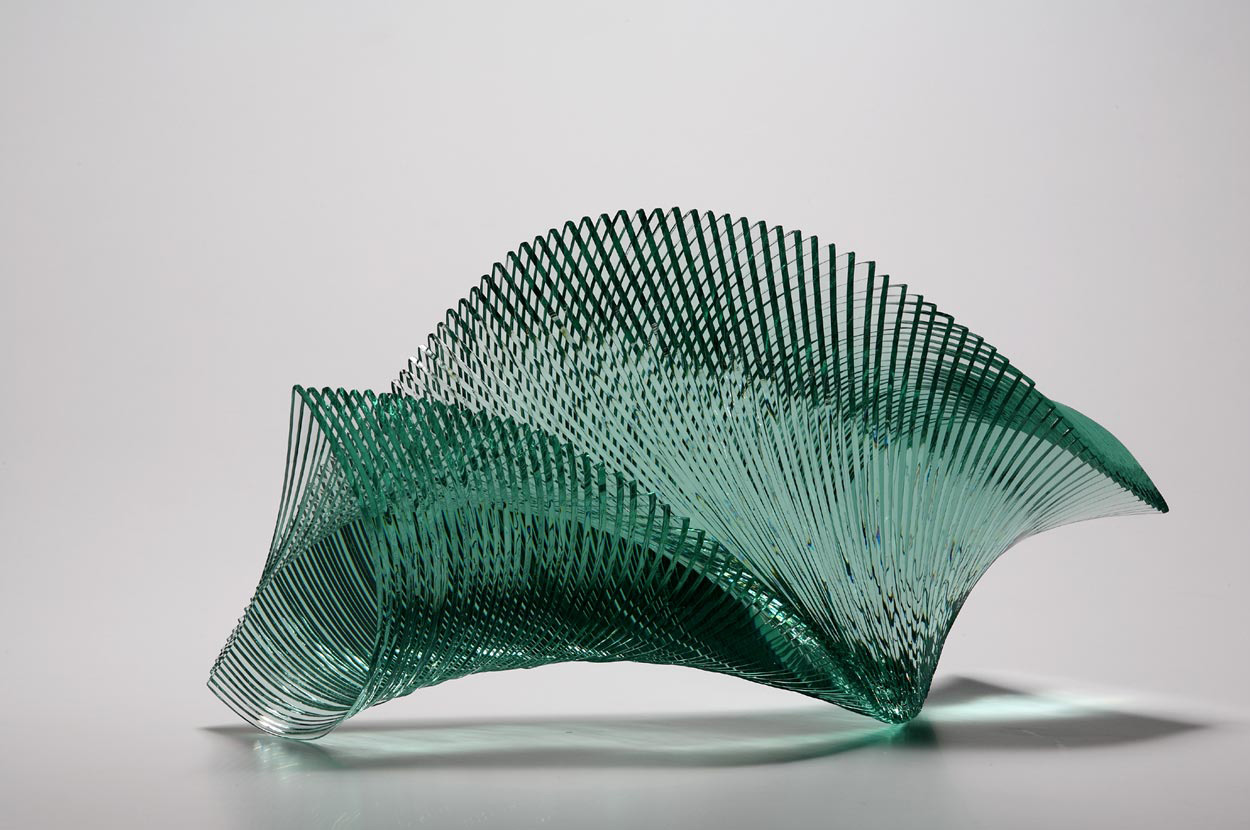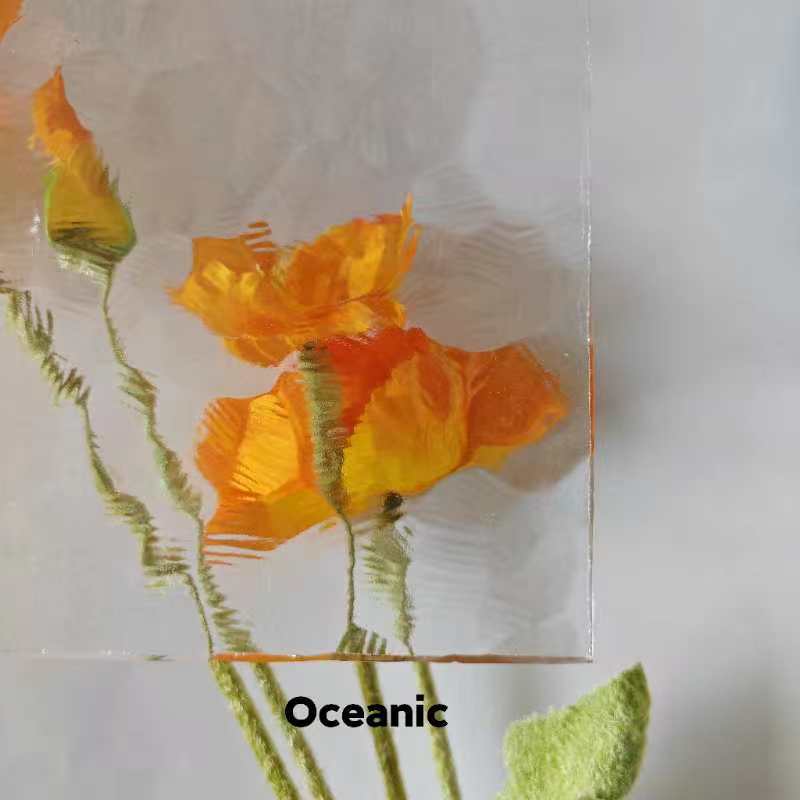Low-E glass, an abbreviation for low-emissivity glass, represents a crucial development in modern architectural design and energy efficiency. This type of glass is engineered to minimize the amount of ultraviolet and infrared light that can pass through glass without compromising the amount of visible light that is transmitted. It is particularly valuable for both residential and commercial buildings, offering numerous benefits that fulfill key industry standards in terms of energy conservation.

The primary advantage of Low-E glass lies in its ability to enhance thermal performance within a building. This is achieved through a microscopically thin coating that reflects heat back to its source. During winter, Low-E glass retains heat within the building, reducing the need for artificial heating. Conversely, during summer, it reflects heat away, ensuring cooler interiors and reducing air conditioning demands. These properties not only enhance indoor comfort levels but significantly reduce energy bills. Studies have shown that buildings equipped with Low-E glass experience up to a 25% reduction in energy loss, contributing to both environmental sustainability and economic savings.
In terms of expertise, Low-E glass comes in various types, primarily categorized as hard-coat and soft-coat. Hard-coat Low-E glass, which is created through the pyrolytic process, is more durable and ideal for single-pane windows. On the other hand, soft-coat Low-E glass involves a sputtering process that applies multiple metal layers, providing superior UV and infrared protection. This flexibility allows architects and engineers to choose the most suitable type for specific applications while adhering to regional building codes and climate considerations.

Furthermore,
Low-E glass enhances occupant experience by managing light transmission effectively. It minimizes glare, protects furnishings and skin from UV damage, and maintains a consistent view through its high clarity. The market has evolved to offer a variety of tints and coatings, making it possible to tailor the aesthetic and functional aspects of the glass to meet specific project needs. The versatility and performance characteristics make Low-E glass an ideal candidate for LEED-certified buildings aiming for Platinum or Gold ratings.
The credibility and trustworthiness of Low-E glass are backed by stringent industry standards and certifications, such as those from the National Fenestration Rating Council (NFRC) and Energy Star. These endorsements provide assurance regarding performance standards and energy savings, reinforcing trust among architects, builders, and homeowners.
low e glass pdf
Implementing Low-E glass also contributes to lowering a building's carbon footprint, an increasingly crucial consideration as sustainability becomes a central concern worldwide. By optimizing the thermal barrier properties of glass, Low-E technology supports global efforts to reduce greenhouse gas emissions. The environmental benefits are backed by comprehensive research and data analysis from authoritative agencies, proving that installations with Low-E glass can significantly lower a building's overall energy consumption.
The use of Low-E glass extends beyond windows and is applicable in curtain walls, skylights, and facades, expanding its benefits to various structural designs. As technological advancements continue, the integration of Low-E glass with smart glass technologies is on the rise, enabling adaptive light and temperature control within smart building ecosystems. This integration represents the future of urban design, enhancing both energy efficiency and the quality of life for occupants.
Low-E glass, with its substantial contributions to energy efficiency, occupant comfort, and sustainability, underscores the importance of informed selection and installation practices. Engaging with industry experts and leveraging reputable installation services ensures that the full benefits of Low-E glass are realized. Additionally, continuous advancements in glass technology promise further enhancements in performance and applicability, making Low-E glass an ever-relevant choice in modern architecture and design strategies.
Considering its technological advancements and proven benefits, Low-E glass is not just a high-performance building material; it is a critical component in sustainable building practices, ensuring that future constructions meet the rigorous demands of energy efficiency and environmental stewardship. It exemplifies a significant evolution in architectural glass technology, essential for professionals committed to responsible design and construction.



